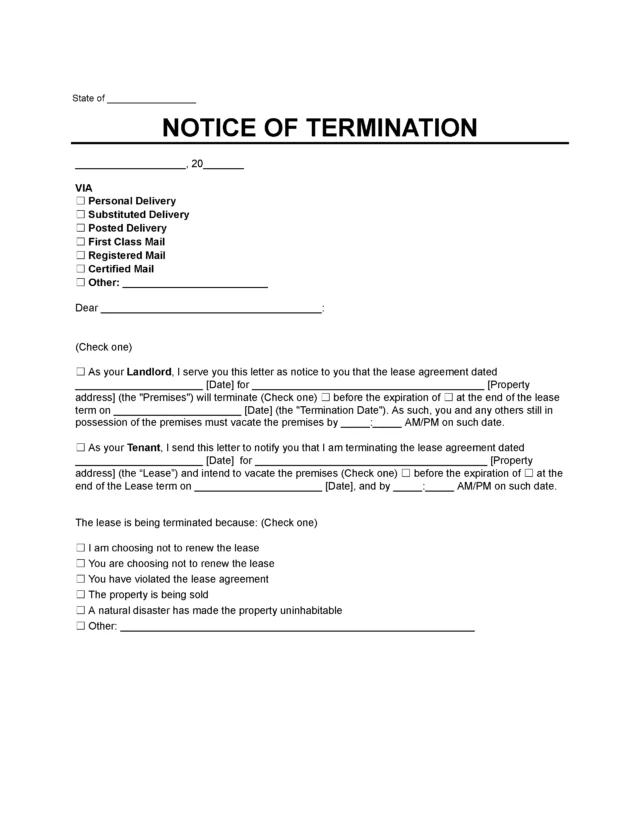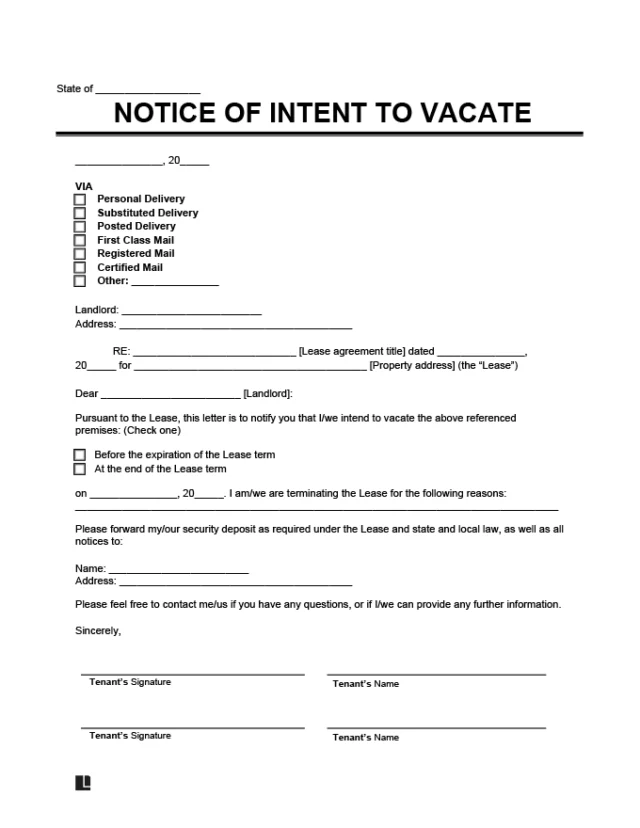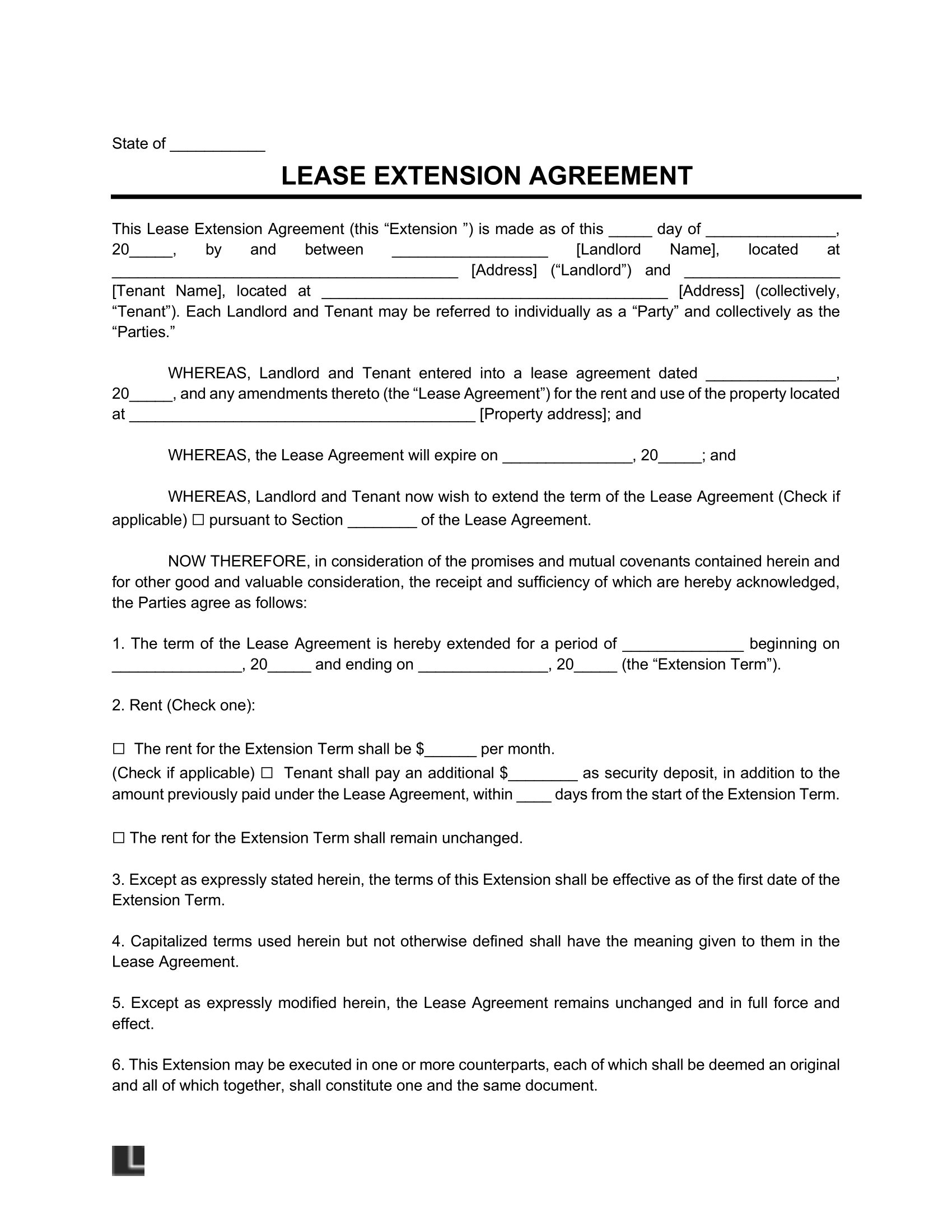What Is a Lease Extension Addendum?
A lease extension addendum is a legal document that extends an existing lease agreement between a landlord and a tenant. Once the parties sign the extension addendum, the lease continues until the newly established date. Its other terms remain unchanged.
In most cases, this addendum only prolongs the expiration date. It may record an updated rent amount or other terms, but it’s primarily meant to lengthen the lease temporarily.
A lease extension addendum is not the same as a lease renewal. A lease renewal creates a new lease with revised terms, while an extension continues the original lease beyond the intended end date.
When to Use a Lease Extension Agreement
It’s best to use a lease extension contract when you want to extend a fixed-term lease without writing a new one. It creates goodwill, letting tenants stay in the same place for an extended period. Plus, it allows landlords to minimize vacancy periods, as they can search for a new tenant while still getting rental income.
Ideally, you should not implement an extension with bad tenants who’ve proven to be unreliable. If you don’t want to keep a tenant who hasn’t paid rent or has violated other terms, consider issuing a lease termination letter.
Need Help Renting Out Property?
If you need information on how to rent out property, check out Legal Templates’s guide to get started.
What Happens If You Don’t Extend the Lease?
If a fixed-term lease ends and doesn’t get an extension, the lease will often convert to a month-to-month lease. Once a month-to-month lease starts, landlords must give adequate notice for rent increases.
The conversion to a month-to-month lease won’t happen everywhere, though. What becomes of a non-extended fixed lease depends on where you live, so be sure to check the laws in your area. In some jurisdictions, the tenant will become a holdover tenant. In this case, the landlord can initiate the eviction process with an eviction notice.
How to Extend a Lease
If you want to keep the current lease intact but prolong its expiration, follow these steps.
Step 1 – Review the Original Lease & Local Laws
Read the original lease to recall its original end date. You can also review the rent amount and other terms. Be mindful of any amendments or addenda that could impact your extension.
Ensure you understand the laws in your area as well, as they could affect the extension process. For example, you should familiarize yourself with laws relating to the following:
- Automatic renewal rule
- Notice requirements
- Holdover tenant rules
- Rent increase limits
Step 2 – Discuss the Extension with the Tenant
Set up a meeting with your tenant to discuss the extension. Ideally, the discussion will be in person, but you can also conduct it over the phone or email.
Propose the idea of an extension and give your new desired end date. Let your tenant respond with their preferences. Be prepared to negotiate to reach an end date that works for both parties. You can also discuss updating rent and other terms if needed, but the primary focus should be on finding a new end date.
Step 3 – Draft the Addendum to Extend the Lease
Use Legal Templates’s form to draft your addendum. Include the following details to make your agreement to extend the lease as comprehensive as possible:
- Landlord’s and tenant’s details
- Original lease dates
- Property address of the original lease
- Start and end dates of the extension
- Whether the rent amount will remain the same
- Updated provisions (if applicable)
- Governing law
- Effective date of the agreement
Step 4 – Execute the Extension of the Lease Agreement
Collect both parties’ signatures before the original lease expires. Attach the extension addendum to the original lease. Once this final step is completed, you and the tenant can operate under the extension’s terms. In most cases, this will look like a continuation of the same lease (with a few minor changes in rent and other terms, if agreed to by both parties).
Sample Lease Extension Addendum
View our sample lease extension agreement to learn more about the paperwork for extending a lease. Use our guided questionnaire to create your own free printable lease extension addendum. Also available to download in PDF or Word format.







